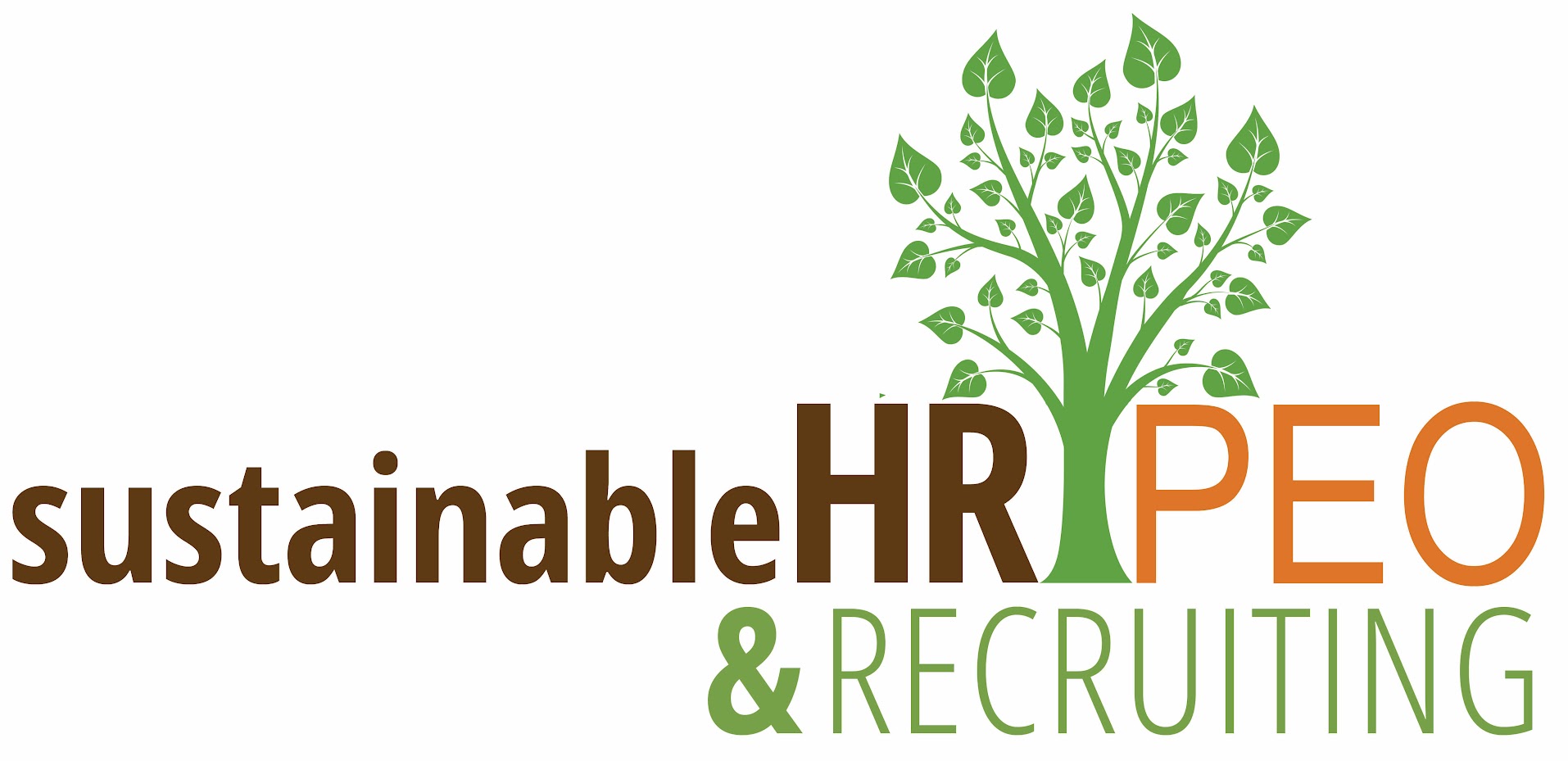Sorting through dozens or even hundreds of resumes can be overwhelming for hiring managers. The process of reviewing each application, assessing skills, and comparing qualifications takes time and can be prone to human error or unconscious bias. For Wisconsin businesses, where finding the right talent quickly is essential, this can create stress and slow down hiring.
Artificial intelligence (AI) is increasingly being used to help businesses compare candidates efficiently. By analyzing resumes and other candidate data, AI can provide insights that speed up the hiring process and help managers make more informed decisions. In this blog, explore how AI can be used to compare candidates, what features to look for in AI recruiting tools, and practical ways to integrate AI into your hiring process.
How AI Can Support Candidate Comparison
AI can simplify the candidate comparison process by automating many of the time-consuming tasks traditionally done manually. At its core, AI analyzes resumes, applications, and even assessments to highlight the candidates that best match the job requirements. This means hiring managers can quickly see which applicants have the necessary skills, experience, and qualifications for a position.
For Wisconsin businesses, AI helps ensure that all applications are reviewed consistently, without human errors or bias influencing the initial selection. AI tools can rank candidates, detect relevant experience, and even provide predictive insights about a candidate’s potential performance. While AI doesn’t replace the need for interviews or personal judgment, it allows managers to focus on evaluating the best-fit candidates, rather than sifting through every single application manually.
Key Features to Look for in AI Recruiting Tools
When selecting an AI tool for candidate comparison, it’s important to consider features that make the hiring process both efficient and fair. Essential capabilities include:
- Resume Parsing and Ranking: Automatically scans resumes for keywords, experience, and education, ranking candidates according to how well they meet the job criteria.
- Skills and Experience Matching: Compares candidate qualifications with the job description, helping managers identify top candidates at a glance.
- Predictive Analytics: Some AI platforms provide insights on potential performance, cultural fit, or retention likelihood, which can inform hiring decisions.
- Bias Reduction Features: AI can help minimize human bias by focusing on objective data points rather than subjective impressions.
These features allow small and mid-sized businesses to quickly identify candidates who are truly qualified, saving time and improving the quality of hires. For Wisconsin employers, using AI tools with these capabilities ensures that the hiring process is data-driven, consistent, and scalable, even during periods of high applicant volume.
Benefits and Potential Pitfalls of Using AI in Hiring
Using AI to compare candidates offers several key advantages. First, it saves time by quickly analyzing resumes and applications, allowing hiring managers to focus on the most promising candidates. Second, it improves consistency, ensuring each application is evaluated using the same criteria. AI also provides data-driven insights, helping businesses make objective comparisons between candidates. Additionally, many AI tools include features designed to reduce bias, which can help create a more equitable hiring process.
However, AI isn’t perfect. Its effectiveness depends on the quality of the data it analyzes. Poorly written job descriptions or incomplete candidate information can lead to inaccurate rankings. AI also cannot fully assess soft skills, cultural fit, or a candidate’s interpersonal abilities, factors that are often crucial for long-term success. To avoid pitfalls, businesses should use AI as a supplement, combining automated insights with human judgment and interviews to ensure well-rounded hiring decisions.
Best Practices for Using AI in Candidate Comparison
To get the most out of AI tools, follow these best practices:
- Set Clear Criteria: Define what qualifications, skills, and experiences matter most before running AI comparisons. Clear criteria ensure the tool evaluates candidates consistently.
- Use AI as a Guide, Not a Decider: AI can highlight top candidates, but human oversight is essential to consider soft skills, team fit, and cultural alignment.
- Regularly Review AI Outputs: Periodically assess how AI is ranking candidates to ensure it aligns with your hiring goals and does not introduce unintended biases.
- Combine AI Insights with Human Interaction: Follow up AI-based comparisons with interviews, references, and practical assessments to get a full picture of each candidate’s suitability.
By following these best practices, Wisconsin businesses can leverage AI to streamline hiring while maintaining quality and fairness.
Making Smarter Hiring Decisions with AI
Using AI to compare candidates doesn’t have to be complicated. By leveraging AI for resume screening and candidate ranking while combining it with human judgment, Wisconsin businesses can make faster, more informed hiring decisions without sacrificing quality. Clear criteria, thoughtful evaluation, and effective follow-up interviews ensure you hire the right talent efficiently.
Ready to make your hiring process smarter and more efficient? Contact SustainableHR PEO & Recruiting today to learn how AI and expert HR guidance can help your business attract and compare top candidates.


